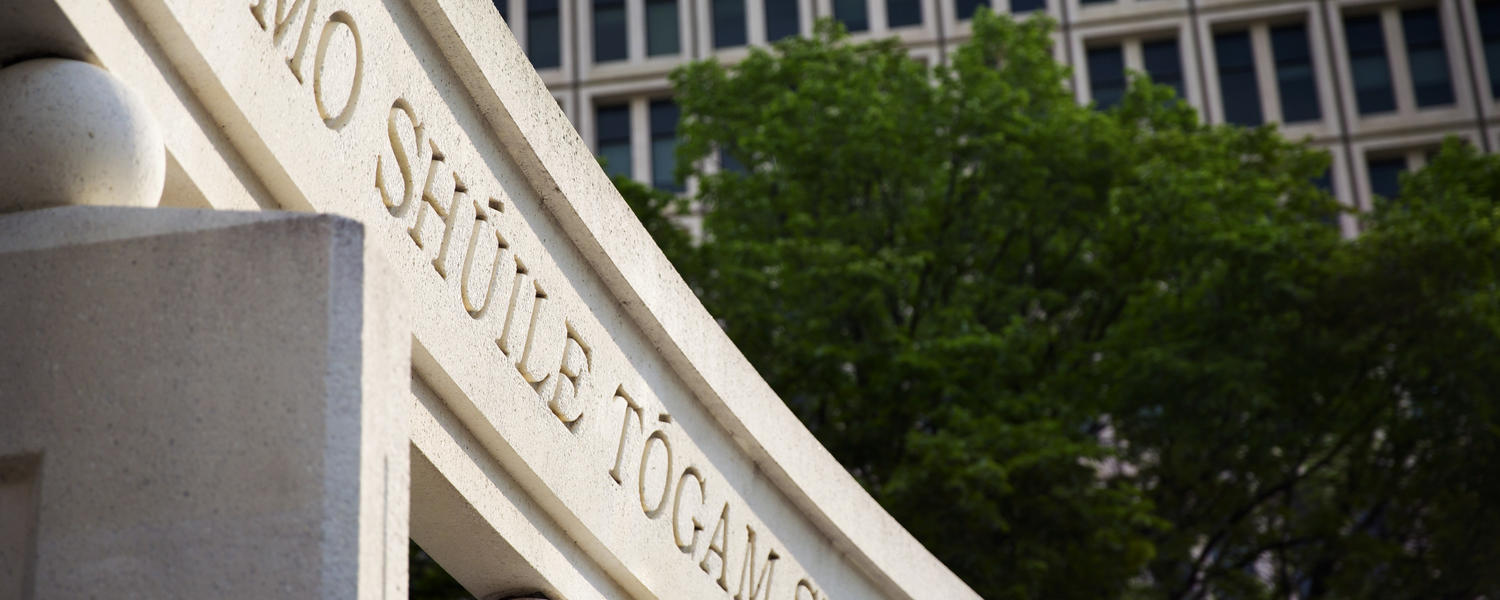
Tips for remote candidacy and thesis defence oral exams using Zoom
Please follow these directions for planning and conducting a remote candidacy or thesis exam. These directions provide procedures and technical guidelines for running a remote oral exam using Zoom videoconferencing technology. These directions do not replace university regulations governing candidacy and thesis exams, or guidelines for remote examinations
The GPA ensures that the examinee, examiners, committee members and chair are aware of the exam format, time zone differences (if applicable) and back-up resources if Zoom fails:
- Mobile numbers should be exchanged and arrangements made to call if Zoom fails.
- Up to 60 minutes are allowed to resolve technical issues and then proceed.
- Ensure the chair has contact information for the associate dean in case technical issues cannot be resolved inside of 60 minutes.
The program (usually the GPA or the Neutral Chair) will schedule the Zoom meeting, using the following settings and security measures:
- Random meeting ID – this prevents the meeting ID from being shared multiple times.
- Password-protected Zoom classroom entry – all attendees will be required to enter a password provided.
- The neutral chair should be the host.
- Attendees' microphones should be automatically set to mute.
The examinee should share their presentation (if applicable) with the co-hosts at least .5 hrs prior to the exam. PowerPoint (16x9 aspect ratio) is the recommended format for presentation materials.
To ensure meeting quality and full access to Zoom conference features, the examinee should participate in the meeting using a laptop or desktop computer.
The Neutral Chair, examiners and examinee should enter the Zoom meeting 15 minutes ahead of the exam to prepare presentation materials and address any technical issues.
The Neutral Chair can allow the examinee to share their screen, and limit the same for all other attendees.
At the outset of the exam, establish methods for:
- How deliberations will take place (e.g., using the breakout room feature or requiring the examinee and guests to leave the exam and then contacting and re-admitting them at the conclusion of the deliberations)
- Conducting a straw vote
The remote exam may NOT be recorded.
Once the exam starts, the Neutral Chair should:
- Lock the meeting room to prevent additional/late attendees from joining
- Disable the private chat feature
- Allow the group chat ONLY for identifying technical issues
- Allow the Neutral Chair to mute other attendees
Deliberations may NOT be recorded.
The examinee and other attendees not on the exam committee must not be present for confidential deliberations. There are two options for ensuring confidential deliberations:
1. The examinee exits the meeting themselves.
- It is important that the examinee is NOT removed from the meeting by the Zoom meeting chair, or the examinee will NOT be able to re-enter the meeting.
- The chair must have a way to contact the examinee (e.g., text, phone or email) to invite them to re-join the meeting following deliberations.
2. The chair moves the exam committee into a confidential Zoom break-out room.
- The chair can do this manually by assigning participants to a break-out room. More information on using breakout rooms is available here.
- DO NOT use the Zoom polling feature to conduct a straw vote. It is recommended that the straw vote be conducted by committee members sending votes via UCalgary email addresses to the chair.
Upon conclusion of the exam procedures, after the examinee has rejoined the meeting and the outcome has been communicated to them, the Neutral Chair will acknowledge the close of proceedings. The Neutral Chair will then end the Zoom meeting.
Then exam chair is responsible for understanding and conducting exams in accordance with the following guidelines:
- Calendar section K. - Candidacy (current regulations)
- Calendar section K.1 – Admission to Candidacy (older regulations): 2018-2019, 2017-2018
- Calendar section M. – Thesis Examinations
- Students’ Remote Participation in Examination: Temporary Accommodations
- General guidelines for Neutral Chair
Basic recommendations and best practices for using Zoom
Basic recommendations for using Zoom (all attendees):
- Use a reliable computer with a working camera and microphone.
- Check your internet connection in the room you plan to use prior to the defense.
- Create a Zoom account and download the app prior to the defense (you can also use the online Zoom app). The University of Calgary is using Zoom widely for online course delivery and remote meetings. Find instructions for accessing and using Zoom here.
- Use microphone and video. Mute microphone while not speaking to avoid background noise. Headphones are recommended, but not required.
Best practices for the examinee and exam committee:
- Use your video to the extent that your internet connection allows, rather than a still image or your name. This helps students know you are giving the exam your full attention.
- Please mute your microphone unless you are speaking. Please also be sure to mute your microphone if you are typing. This will noticeably improve the audio for everyone by cutting down on feedback loops and background noise.
- Take the time to arrange your camera and lighting in advance.
- Avoid waving your hands close to the camera.
- Avoid nudging/jostling the table on which your computer sits - it makes the screen blur.
- Try to stay in front of your computer throughout the exam.
- Please avoid the temptation to answer emails and continue with unrelated tasks.
- It is especially important to avoid the temptation to look up or fact-check answers given by the candidate/student using resources other than the submitted proposal/thesis such as Google, Google Scholar and PubMed. The student is not allowed to use these resources in the exam, and it is only fair that examiners rely on their pre-existing knowledge of the subject material while giving the candidate/student their full attention.
Best practices for other exam observers:
- Please keep your microphone muted at all times.
- Join with your name and a static profile picture to cut down on visual distractions.
- Do not message or otherwise distract the person defending during the defense.
- Feel free to turn on your audio/video at the very end so everyone can see you.
Additional tips:
- If you need to “mute” or “hide video” for someone, you’re actually blocking their audio/video - when they need to talk again or be seen, you’ll need to unblock them.
- If you have notes or a presentation, practice how you will set up and deliver that beforehand. You may want to arrange your screen so that you can see your committee as you deliver your introduction/presentation.
- Make plans to celebrate again in person later. Also, don’t forget to take at least a few planned screenshots with your committee/observers.

